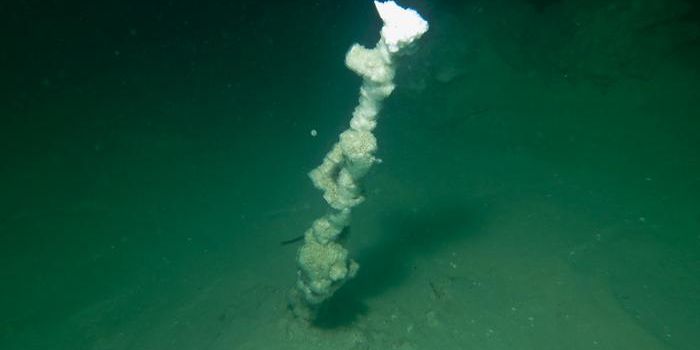Microbiology
Bacterial-Based Defense for Invasive Mussel Species
FEB 28, 2014 12:00 AM PST
Share
The Geopolitics of Rare Chemicals for New Technologies
 Since the discovery of oil and its rise into one of the world's most important energy sources, oil has been a major player in geopolitics. It's conceivable that new energy technologies may eventually settle these conflicts by reducing dependence on oil and the traditional hierarchies associated with it-but it's more likely to start an entirely new round of similar geopolitical arguments, merely shifting the players and their positions of leverage. In fact, this jostling for position in exotic materials has already started.
Since the discovery of oil and its rise into one of the world's most important energy sources, oil has been a major player in geopolitics. It's conceivable that new energy technologies may eventually settle these conflicts by reducing dependence on oil and the traditional hierarchies associated with it-but it's more likely to start an entirely new round of similar geopolitical arguments, merely shifting the players and their positions of leverage. In fact, this jostling for position in exotic materials has already started.The U.S. government has begun to take stronger action. The Department of Energy has identified several rare earth elements as critical supply chain materials for new technologies, and recently established the Critical Materials Institute (CMI) at the Ames Laboratory at Iowa State University. The fifth of the DOE's Energy Innovation Hubs, the CMI is an integrated research center combining researchers and engineers from different backgrounds and disciplines to focus on solving (and preventing) domestic shortages of strategic materials for new technologies.
CMI will address DOE-designated critical materials such as the rare-earth elements yttrium, europium, dysprosium, terbium, and neodymium; and will concern themselves with more common semiconductor and battery elements such as lithium, gallium, indium, and tellurium. They are receiving up to $120 million dollars over the next 5 years to fulfill their mission.
The rare earths are a bit of a misnomer-most are considerably more common than precious metals such as platinum and gold, and may be found in ore deposits across the globe. A local abundance of these materials can radically shift economic policy-for example, Bolivia holds close to half of the known world reserves of lithium, and hopes to capitalize on increased lithium demand.
For some time, China has been the dominant producer of rare earths, supplying over 90% of the world's supply. Their ability to supply these materials at lower cost, combined with limited demand, made the mining/refining operations less profitable in other countries.
Three things have changed the calculus: swings in demand, increased understanding of the strategic importance, and tightening of the Chinese supply. In 2010, China cut rare earth exports dramatically, citing environmental concerns with their production. Other countries, fearing a hoarding situation, lodged a complaint with the World Trade Organization (WTO). The WTO recently ruled against China in October 2013, but an appeal is expected.
Since that time, demand has leveled off a bit as other countries have invested in their own supplies-increasing extraction and refining efforts, improving recovery methods from industrial waste streams and recycling of discarded electronics products, or both.
Many new and greener technologies rely on rare earth elements that have the ability to reshape the global supply chain. How these materials are controlled, sold, and distributed can have drastic consequences-ultimately affecting not only the ability to make advances in research, but also in the ability to bring promising technologies to market. Countries in control of these assets will be major players in shaping the global economy of the next 2-3 decades.
It's not obvious how these issues will resolve themselves, but one thing is clear-the race for supremacy in strategic and unusual metals, with names many folks have never heard of, has begun.
You May Also Like
Loading Comments...








